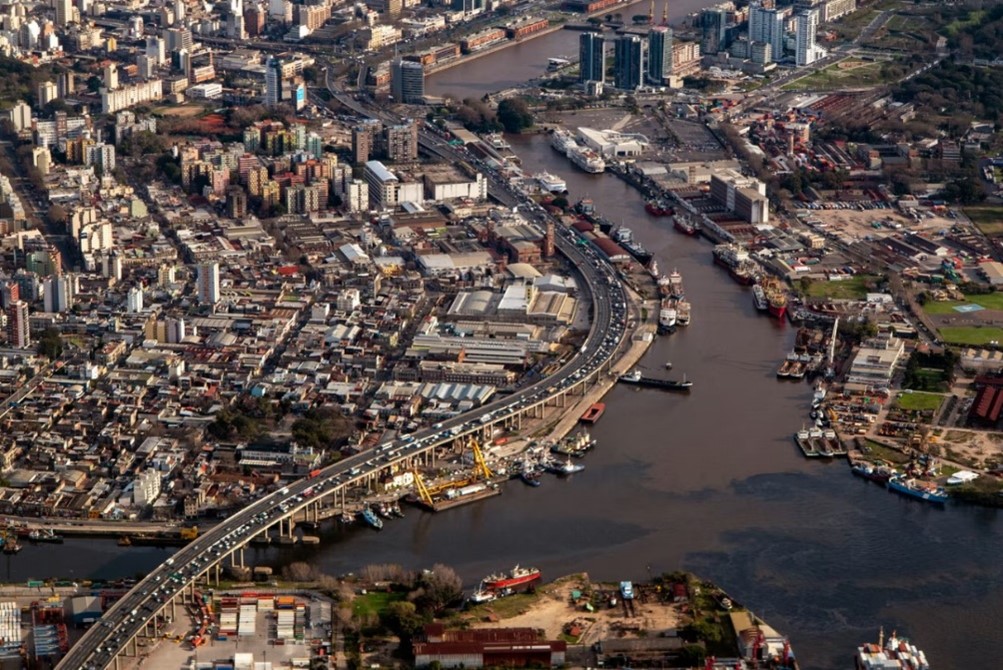
Once polluted with abandoned shipwrecks, rusting cars, and industrial toxins like arsenic, lead, and cadmium, the 40-mile (64 km) river has long been a dumping ground for Buenos Aires. Despite efforts to clean it up, residents living along its banks still suffer from severe health issues, including skin rashes, respiratory problems, and cancer.
The supreme court's 2008 ruling to clean the river was considered a landmark for environmental justice in Argentina, placing responsibility on the state. Over 15 years of court oversight spurred debris removal, industry monitoring, and partial relocations of residents from the polluted basin. However, in a controversial decision, the court recently declared its role in the case complete, stating it had successfully driven the structural reforms needed to align state actions with constitutional principles.
The Matanza-Riachuelo Basin Authority (Acumar), tasked with the cleanup since 2006, will continue operations without court supervision. Yet activists warn the river remains highly toxic, with pollution far exceeding acceptable levels.
"This ruling is a monumental setback," said Cristian Fernández, a lawyer with the Environment and Natural Resources Foundation (Farn). "The supreme court was a watchdog for environmental rights. Without its oversight, industries may pollute with impunity, reversing the progress made."
Residents of heavily affected neighborhoods like Villa Inflamable share similar concerns. Longtime resident María Ducomls says cleanup efforts have failed to address severe pollution, which affects her health and that of her family. "The smell burns your throat and eyes. There's a lot of cancer here," she said, adding that tests found chemicals in her son's blood.
A 2013 report revealed that 25% of children in the basin had lead in their bloodstream, with many suffering from respiratory and gastrointestinal illnesses. Despite progress, experts argue penalties for polluters remain insufficient, making fines cheaper for companies than addressing the root causes of contamination.
Acumar claims that while challenges persist, significant improvements have been made. It reports monthly removal of 1,500 tons of waste, monitoring of 4,000 industrial sites, and extraction of 80 boats from the riverbed. However, sewage from 2.5 million people still flows untreated into the river, leaving oxygen levels far below what is necessary for aquatic life.
Critics, including Fernández, argue the supreme court's withdrawal sends a troubling message to other courts, signaling that environmental protection is no longer a priority. "This could start a new era of regression," he warned.
The ruling aligns with policies of far-right President Javier Milei, who has denied climate science, pushed for deregulation, and dismissed environmental protections in favor of economic growth. During his campaign, Milei controversially stated, "A company can pollute a river all it wants."
Despite Acumar's assurances of continued efforts, budget cuts and limited progress on key projects—like housing relocations and a long-delayed sewage system—threaten to undermine its mission.
For residents and activists, the court's decision feels like abandonment. "If they couldn't achieve their goals with oversight, how will they do so without it?" asked local activist Alfredo Alberti. "All we can do now is mourn."